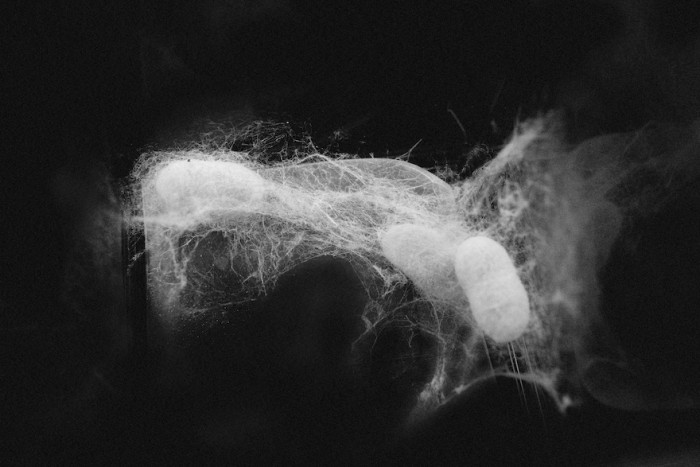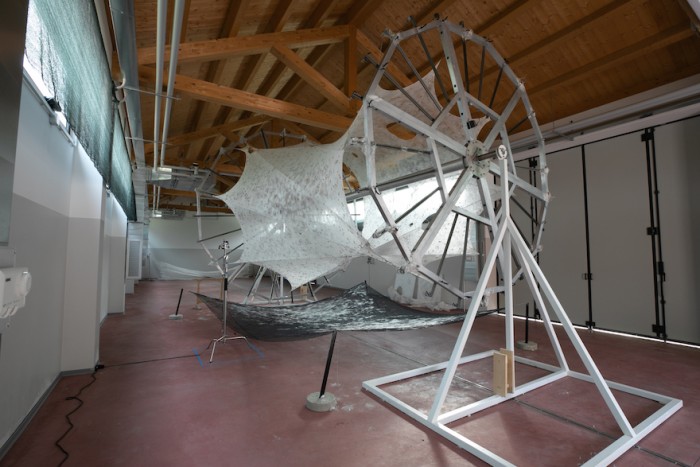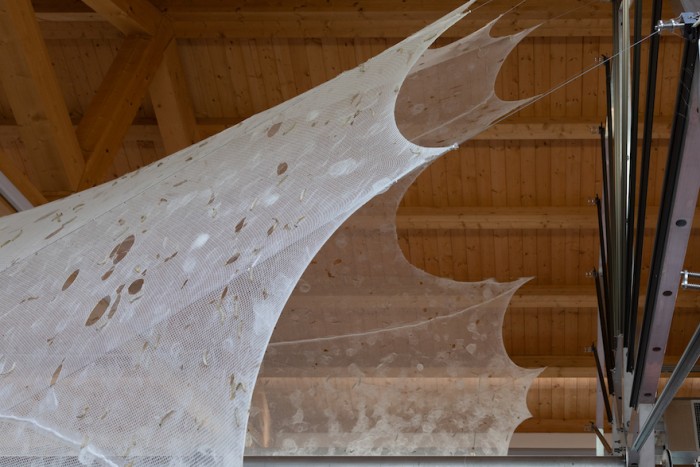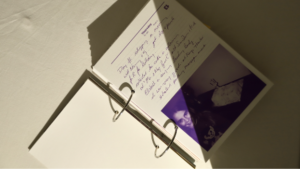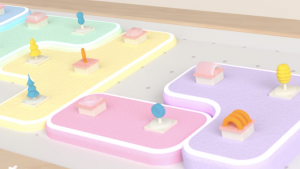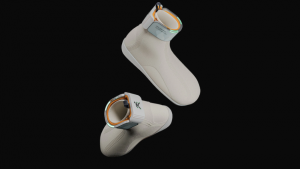When multi-disciplinary designer and founder of the Mediated Matter Group, Neri Oxman presented at Design Indaba, the audience was mesmerized. Her philosophy simultaneously looks to nature and science to create, fusing biology and technology. Using a combination of biology, computing and materials engineering, her art is impossible to pigeonhole. It inspires in its ability to expand the limitations of what we can create.
Oxman’s Mediated Matter Group looks for ways to make and build for the future. She combines the strides that human beings have made in technology with natural processes that have survived and thrived for millennia, and then uses computational design to model these.
Her Silk Pavilion II seeks to answer questions such as: “What are radically sustainable methods for knitting, making and building in the age of the Anthropocene?” The Anthropocene is an unofficial unit of geologic time used to describe the most recent period in Earth's history when human activity started to impact the planet's climate. The projects also asks “How can humankind and members of other species such as silkworms collaborate in the construction of objects, products and buildings?”.
Standing six metres tall and five metres wide, Silk Pavilion II offers insights into these questions. It combines kinetic manufacturing with biological construction, uniting the built and the grown. It is a structure built by silkworms, guided by the designers.
The pavilion comprises of an underlying primary structure of braided steel-wire ropes that is layered with fabric on which silkworms are positioned. The pavilion houses 17,532 silkworms sourced from Italy - where the silk industry blossomed during the 12th-century Renaissance. These silkworms produce biologically spun silk.
“Silk is a superb material with incredible qualities – and it also signifies so much of what my group believes in – meaning we love this idea of using a single material as a system to enable strength and tension depending on where these properties are needed,” says Oxman.
As the traditional process of harvesting silk from the cocoon kills the larva, sericulture has been criticized by animal welfare and rights activists. But, as the Silk Pavilion II demonstrates, structures can influence silkworms to spin in sheets instead of cocoons. This project illustrates how a small yet unique life form can act not only as construction worker but also as designer, in collaboration with a man-made structure that guides its movement to create an enhanced form.
Learn more:
Neri Oxman’s installation exploring the possibilities of melanin: https://www.designindaba.com/articles/creative-work/neri-oxman%E2%80%99s-installation-exploring-possibilities-melanin
Building a more sustainable future: https://www.designindaba.com/articles/creative-work/building-more-sustainable-future
Neri Oxman wins at Cooper Hewitt 2018 National Design Awards: https://www.designindaba.com/articles/creative-work/neri-oxman-wins-cooper-hewitt-2018-national-design-awards


